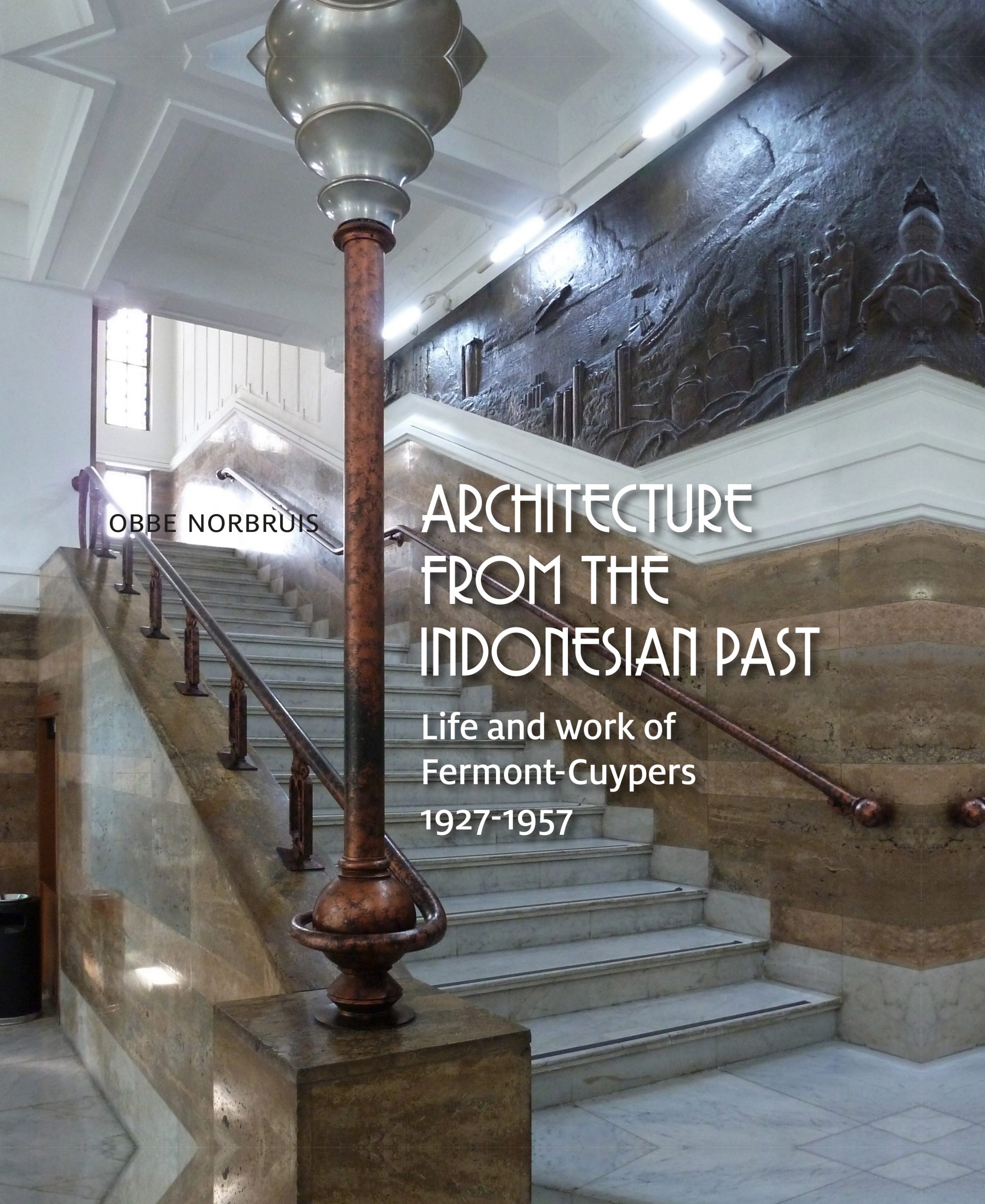Description
Inhoud
‘Things are changing and we are changing with it,’ was their motto. Since 1927 uprising broke out against the Dutch in the colony, the crisis followed. They continued to design stoically at Fermont-Cuypers; schools, churches, villas and offices. All buildings on which the Dutch flag fluttered. Nationalism played worldwide. At the end of the 1930s, the crisis was over for them too, they designed, hospitals, head offices, hotels, and even a passenger terminal in Tanjung Priok. ‘The busy season will soon start again, many tourists are expected,’ wrote the newspapers shortly before the German invasion of the Netherlands. Everything changed because of the war in the archipelago. After Indonesian independence, the firm had a restart until 1958. Their buildings still exist in Jakarta, Surabaya, Medan, Bandung and many other cities. Indonesia is proud of it. This book tells the story of a productive architecture firm, unique buildings and the people behind them.
This is the English revised edition of the book Architectuur met vlag en wimpel.
Auteur
Obbe H. Norbruis graduated architecture and urban design at the University of Delft. He did research in that area. He worked in the Netherlands as a designer and consultant for various agencies and
countless municipalities. Interested in architecture and urbanism from the colonial past, he expanded his field of research to Indonesia.
